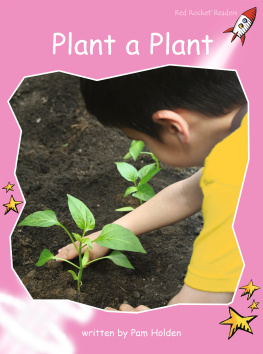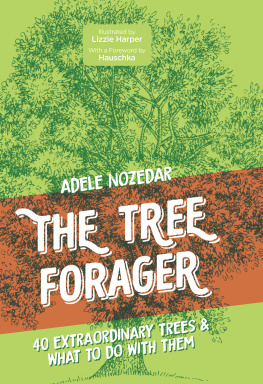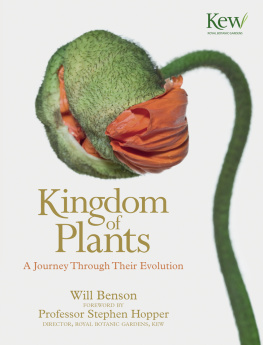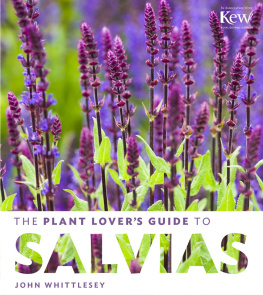Contents
Guide
Page List
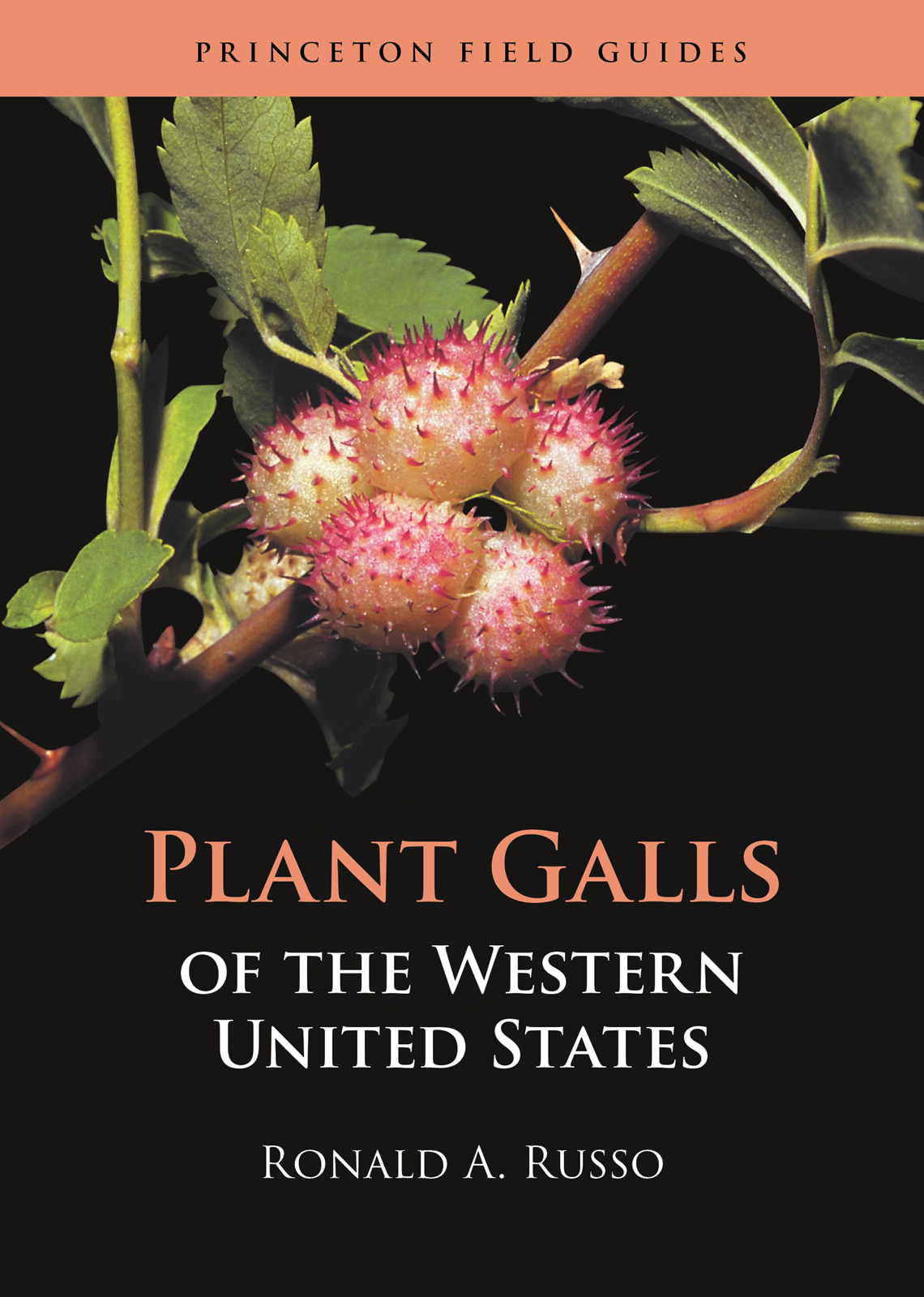
P LANT G ALLS
OF THE W ESTERN
U NITED S TATES
P LANT G ALLS
OF THE W ESTERN
U NITED S TATES
R ONALD A. R USSO
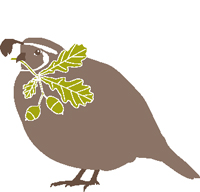
C ALIFORNIA W ILDLIFE
F OUNDATION
C ALIFORNIA O AKS F UND
PRINCETON UNIVERSITY PRESS
PRINCETON AND OXFORD
Copyright 2021 by Princeton University Press
Princeton University Press is committed to the protection of copyright and the intellectual property our authors entrust to us. Copyright promotes the progress and integrity of knowledge. Thank you for supporting free speech and the global exchange of ideas by purchasing an authorized edition of this book. If you wish to reproduce or distribute any part of it in any form, please obtain permission.
Requests for permission to reproduce material from this work should be sent to
Published by Princeton University Press
41 William Street, Princeton, New Jersey 08540
6 Oxford Street, Woodstock, Oxfordshire OX20 1TR
press.princeton.edu
All photographs and illustrations by author unless noted otherwise.
All Rights Reserved
ISBN (pbk.) 9780691205762
ISBN (e-book) 9780691213408
Version 1.0
Library of Congress Control Number: 2020949502
British Library Cataloging-in-Publication Data is available
Editorial: Robert Kirk and Abigail Johnson
Production Editorial: Karen Carter
Text Design: D & N Publishing, Wiltshire, UK
Jacket/Cover Design: Ruthie Rosenstock
Production: Steven Sears
Publicity: Caitlyn Robson and Matthew Taylor
Copyeditor: Amy Hughes
Publication of this book has been aided by the California Wildlife Foundation, California Oaks Fund
This book has been composed in Minion Pro (main text) and ITC Franklin Gothic (headings and captions)
To my wife, Sheri
The act of discovery is one of the greatest joys;
it is a bright flash in the darkness,
with a reward not soon forgotten.
H. E. Evans (1968)
CONTENTS
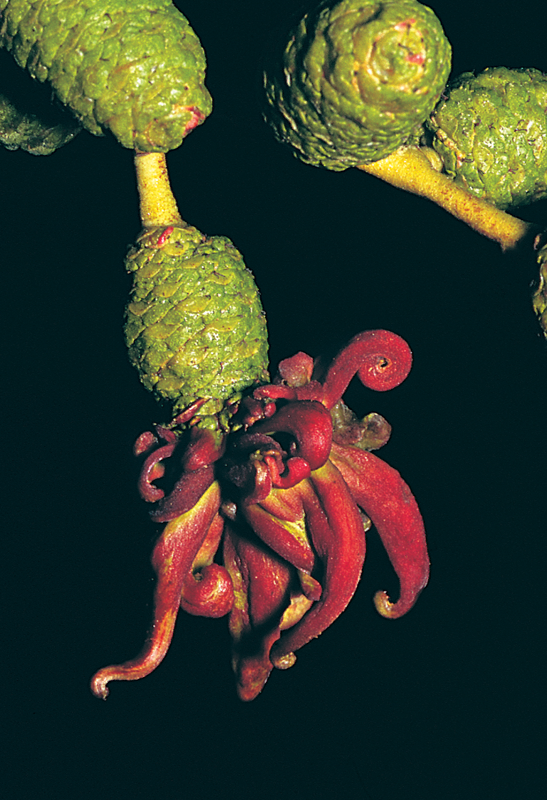
ix
xi
PREFACE
On a single blue oak in Chris and Ann Nelsons backyard in 1969, I found over 20 species of cynipid wasp galls. Thus began a journey that would take me, over the ensuing years, through most plant communities in the western United States. I had no idea at the time that this would become a lifelong passion. I have found galls nearly everywhere I looked. Immediately apparent throughout all of my searching was the startling fact that such extraordinary creations were so abundant, yet so collectively ignored. This guide represents a much more thorough field guide to galls induced on native and some ornamental plants than my previous book. This edition covers a broader region and includes 232 species not in the original book. Along with my own observations and field experience, I have worked to extract as much biological information from the literatureinformation that has to date been relatively hidden in obscure places inaccessible to most. While this guide encompasses 536 species of plant galls, including 231 species on oaks, it still remains incomplete and should be viewed as an INTRODUCTION , especially for Southwest oaks. For so many plant galls, their existence and the identities and biology of the causative organisms remain a mystery.
Over the past 35 years, researchers around the world have made great strides in understanding the complexities of host-inducer interactions. Someday, when the precise mechanisms are discovered that, for example, allow cynipid wasps to alter the expression of plant genes in specific ways to create galls unique to that species, we may find that such discoveries have applications to other sciences, especially in the medical field. Over 140 new species of gall organisms were discovered during the preparation of this guide. Each time I explore a new area, I find new species. You too may also find galls not described in this guide or any other reference. Please do not let that frustrate or discourage you. The earth is full of discoveries yet to be made. If nothing else, this single idea encourages me, and I hope you, to keep looking and exploring.
Whether about the ocean or the land, I have spent my entire career over the past 60 years trying to help people see that which they might not otherwise see, with the hope they would come to appreciate the great wonders of this planet. With this guide, I hope to open an entire universe that some may not have previously imagined possible. This earth has treasures beyond our wildest dreams, so get out into nature with your eyes, heart, and mind wide open.
Ronald A. Russo
ACKNOWLEDGMENTS
First and foremost, a special thanks to Harold Weidman, who ignited in me a lifelong passion for botany and plant taxonomy during my collegiate years, and to Chris Nelson, for bringing me a branch of urchin galls in 1969 that started this journey. Over the many years of my research and field collections that followed, I have enjoyed the assistance of several scientists, colleagues, and friends. I am indebted to John Tucker (oaks), Richard Goeden (tephritid flies), David Head-rick (tephritid flies), Jim Wangberg (tephritid flies), Patrick Abbot (aphids), Raymond Gagn (gall midges), Jeffrey Joy (gall midges), Joseph Shorthouse (cynipid wasps), Bradford Hawkins (gall midges), Don Miller (manzanita aphids), Charles Dailey (cynipids), Jerry Powell (moths), Robert Raabe (forest pathology), and Sarah Rosenthal (cynipids) for their generous assistance that led to the Field Guide to Plant Galls of California and Other Western States (Russo 2006).
This updated and expanded guide would not have been possible without the continued assistance of Raymond Gagn (gall midges), James Zimmerman (Southwest cynipids), Gene Hall (Southwest insect collection), and Katherine Schick (cynipids). A special thanks to James Nicholls (cynipids) and Juli Pujade-Villar (cynipids) for sharing their recent research findings and graciously handling a variety of questions. I also appreciate May Chen for sharing galls she has found and Joyce Gross, not only for alerting me to galls she had found but also for the use of her incredible photographs in this guide. Also, I am so grateful that Ken, Tani and Jack Russo found needed samples for the Hair Charts. And a genuine thank you to Amy Hughes and Karen Carter for their brilliant editing of this guide.
I wish to extend my heartfelt gratitude to California Wildlife Foundation and particularly Janet Cobb, Executive Officer, for visionary dedication to protecting oak woodlands and unwavering support and contributions to this field guide.
Finally, I owe so much to my wife, Sheri, not only for her help with the manuscript but also for her enthusiastic hard work as an acute observer, finding many plant galls during our collecting trips, including new species.
INTRODUCTION

If you have ever camped or hiked beneath oak trees or have oaks on your property or in the neighborhood, you probably have noticed peculiar swellings known as oak apples or mysterious colorful adornments on leaves or branches. Or you may have noticed projections, swellings, or pouches on the leaves of alder, willow, juniper, pine, manzanita, sage, creosote bush, wild plum, wood rose, rabbitbrush, or any number of native shrubs and trees in the western states. Welcome to the realm of plant galls!


